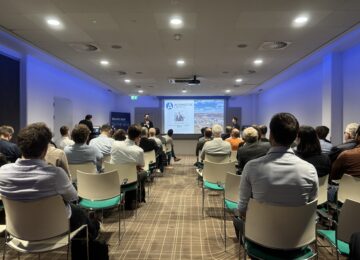EZK advocates more European harmonization net rate methodology
The Ministry of Economic Affairs and Climate advocates a further harmonization of network tariff methodology within the European Union. This emerged from two non-papers from the ministry that were discussed at the European Commission's Energy Council. The plea follows an appeal by Energy Storage NL during the Energy Storage Administrative Consultation in September 2023 to explore harmonization of tariff structures.
The papers point out that electricity costs play an increasingly important role for electricity-intensive businesses and for the transition to renewable energy. In doing so, grid tariffs are rising sharply because of growing investments in electricity networks. Network tariffs are thus an increasingly significant part of the electricity price paid by companies, including operators of energy storage and conversion systems.
The Ministry of Economic Affairs endorses the importance of a level playing field within the EU in terms of electricity supply. This is based on the interconnectivity between national electricity networks and the high degree of market coupling resulting from the internal market. However, together with Netbeheer Nederland and the ACM, the Ministry of Economic Affairs notes that the different regulations of national grid tariffs threaten to distort the level playing field. This was previously addressed by ACER, the European regulator.
Differences in rate structures disrupt level playing field
Differences in the regulation of network tariffs between different member states appear to be growing, putting pressure on the level playing field. These differences arise, for example, from the choice of national regulators to (temporarily) exempt technologies such as batteries and electrolysers from network tariffs. Degressive tariff structures favoring electricity-intensive companies are also mentioned.
According to EZK, the different structures have a major impact on the business case of technologies in the energy transition, such as storage and conversion. For example, a full or partial exemption can mean that significantly less subsidy is needed to finance these technologies. The differences can thus lead to policy competition and a "race to the bottom," with the most favorable policy luring private investment.
The papers do not advocate the harmonization of rate levels, but rather more alignment on the nature and conditions of the methodology used to set them. They stress that the choices of some member states to introduce an exemption do not always seem to be in line with the cost causation principle (cost reflectivity). It is also mentioned that under European regulations the power to determine this does not lie with the legislator, but with a regulatory authority such as the ACM.
View the non-papers on the House of Representatives website: https://www.tweedekamer.nl/kamerstukken/detail?id=2024D10799&did=2024D10799
Questions or comments about this article? Mail to info@energystoragenl.nl





